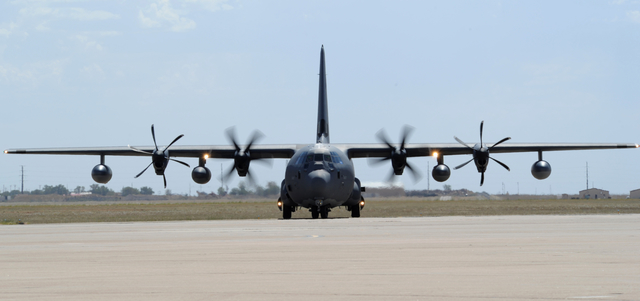Increased anti-GPS electronic warfare from adversaries and delays to the launch of the GPS III network are forcing the US Air Force Special Operation Command to look for GPS hardening technology for its MC-130J and EC-130J aircraft to be used as a stopgap.
Lockheed Martin is on contract to build the initial 10 satellites for the GPS III system, but the launch of the first satellite, which was originally scheduled to be put in orbit in 2014, has been delayed until 18 December. The delays mean that the system’s more secure military signal – M-code – won’t be online until fiscal year 2021, according to a Government Accountability Office report.

Lockheed Martin MC-130J
Lockheed Martin
That’s a problem for USAF special operations aircraft which frequently fly in areas where GPS signals are degraded or denied by jamming or spoofing by adversaries. In recent years, countries such as China, Russia and Iran have found ways to disrupt the current GPS II system that US and allied air forces rely on to navigate and launch precision weapons strikes.
So, the USAF is looking for a short-term solution to be added to two of its special operations aircraft.
“This GPS Hardening Anti-Jamming solution is intended to mitigate and offset these threats until the mandated M-Code solution becomes available,” said the USAF in a 3 December request for information posted online.
For the interim solution, the US government says it is pursuing the acquisition of two digital GPS hardening features: digital nulling, the ability of an antenna to remove threat signals from GPS interference; and digital beam steering, the ability to improve extra gain towards a GPS satellite.
The Lockheed Martin EC-130J Commando Solo and MC-130J Commando II are modified versions of the C-130J Hercules. The EC-130J is used to conduct psychological warfare and civil affairs broadcast missions over radio, television and military communication frequencies. While the MC-130J flies clandestine or low visibility air refueling missions at low altitudes for special operations helicopters and tiltrotor aircraft in politically sensitive or hostile territories, according to the USAF.
Source: FlightGlobal.com


























